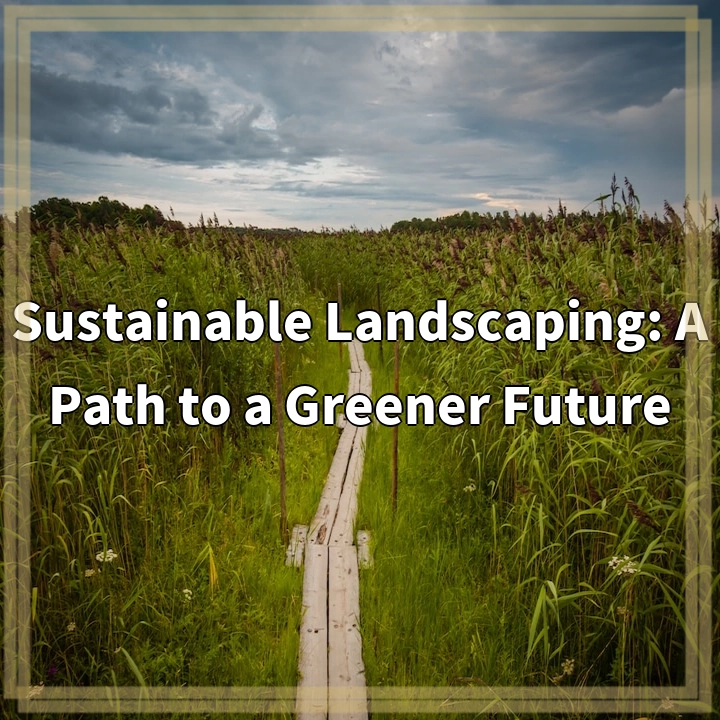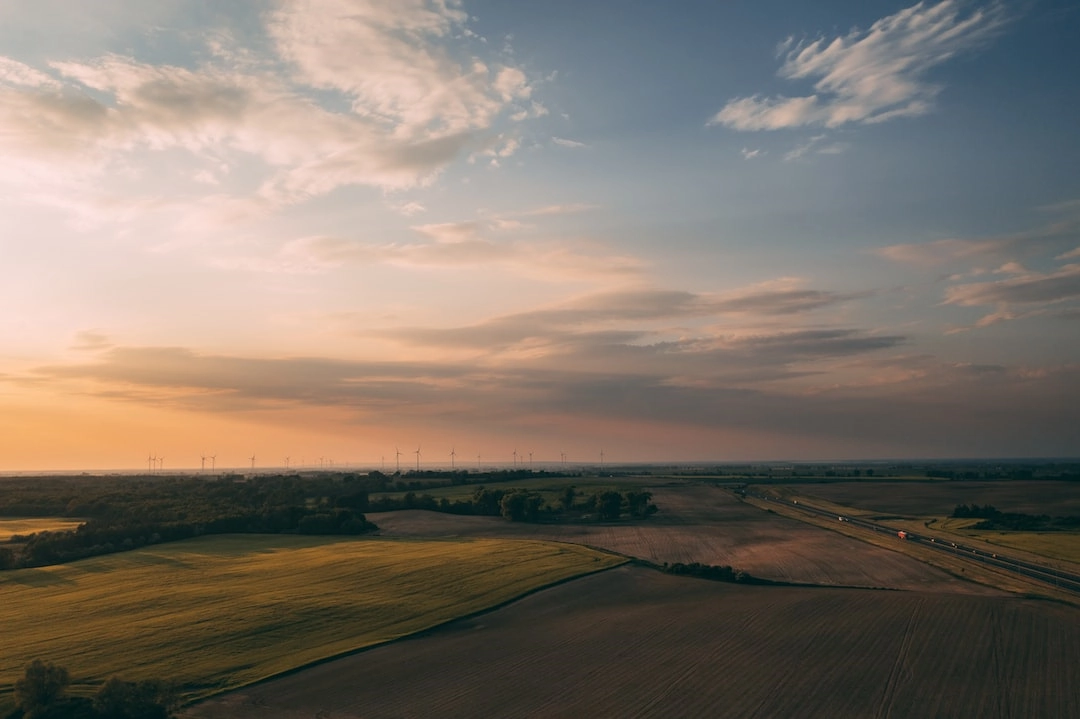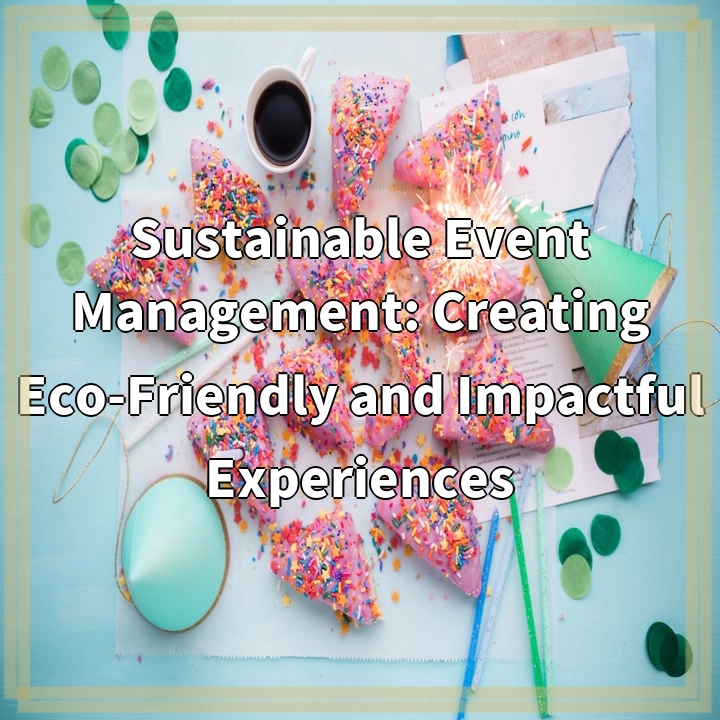
What is Sustainable Landscaping?
Sustainable landscaping is an innovative and eco-friendly approach to designing, creating, and maintaining outdoor spaces. It aims to minimize the negative impact on the environment while enhancing the beauty and functionality of the area. This involves taking into account various factors such as water conservation, energy efficiency, use of native plants, and ecological balance.
Real-World Problems Associated with Sustainable Landscaping
1. Water Scarcity and Conservation
One of the major challenges in sustainable landscaping is managing water usage efficiently. As water scarcity becomes a growing concern in many regions, it is crucial to design landscapes that minimize water consumption. This can be achieved through the use of drought-tolerant plants, efficient irrigation systems, and water-harvesting techniques such as rainwater collection.
2. Chemical Usage and Pollution
In conventional landscaping practices, the use of chemical fertilizers, pesticides, and herbicides is common. These chemicals can have detrimental effects on the environment, including soil degradation, water pollution, and harm to wildlife. Sustainable landscaping promotes the use of organic and natural alternatives to reduce chemical usage and minimize pollution.
3. Habitat Loss and Biodiversity Decline
Traditional landscaping often involves removing native plants and replacing them with non-native or ornamental species. This results in habitat loss for local flora and fauna, leading to a decline in biodiversity. Sustainable landscaping prioritizes the preservation and promotion of native plant species, providing habitats for wildlife and contributing to ecosystem balance.
4. Energy Consumption
Outdoor lighting, irrigation systems, and other elements in landscaping can contribute significantly to energy consumption. Sustainable landscaping adopts energy-efficient design principles such as utilizing solar-powered lighting, selecting low-energy irrigation systems, and incorporating shade trees to reduce the need for cooling.
5. Waste Generation and Management
Landscaping activities can generate significant amounts of waste, including plant trimmings, tree stumps, and construction debris. Sustainable landscaping promotes proper waste management practices such as composting, recycling, and utilizing recycled materials for hardscapes and structures. This reduces the environmental impact and promotes a circular economy.
In summary, sustainable landscaping is a holistic approach that addresses several real-world challenges. By implementing water conservation strategies, reducing chemical usage, promoting biodiversity, optimizing energy consumption, and implementing waste management practices, landscapes can become greener, more environmentally friendly, and contribute to a sustainable future.

Solutions for Sustainable Landscaping
1. Water Conservation:
Utilize drought-tolerant plants, install efficient irrigation systems, and implement water-harvesting techniques like rainwater collection.
2. Reduce Chemical Usage:
Replace chemical fertilizers, pesticides, and herbicides with organic and natural alternatives to minimize pollution.
3. Promote Biodiversity:
Prioritize the use of native plants to provide habitats for wildlife and contribute to ecosystem balance.
4. Optimize Energy Consumption:
Incorporate energy-efficient design principles like using solar-powered lighting and selecting low-energy irrigation systems.
5. Implement Waste Management:
Practice proper waste management techniques such as composting, recycling, and using recycled materials for hardscapes and structures.
By adopting these solutions, sustainable landscaping can mitigate water scarcity, reduce pollution, enhance biodiversity, minimize energy consumption, and promote a circular economy.















